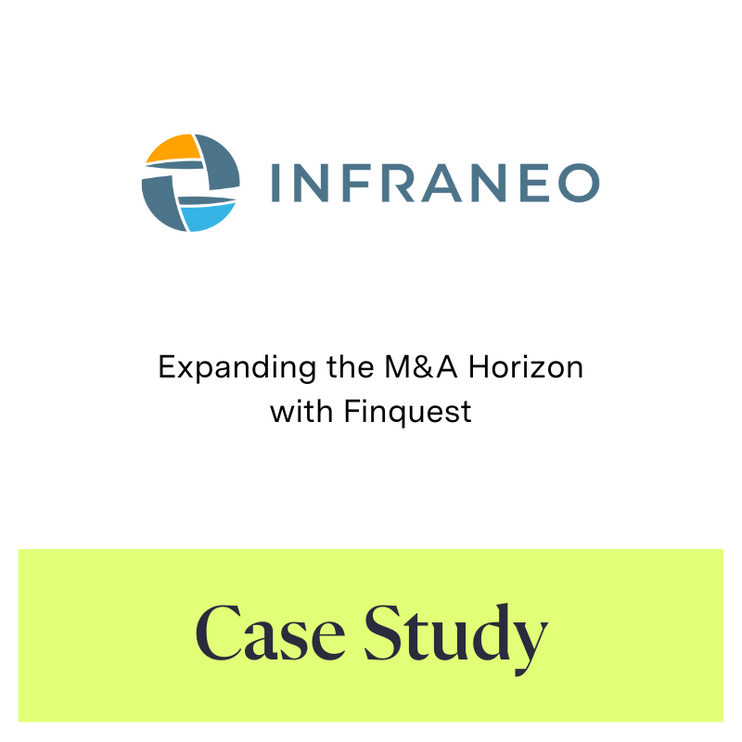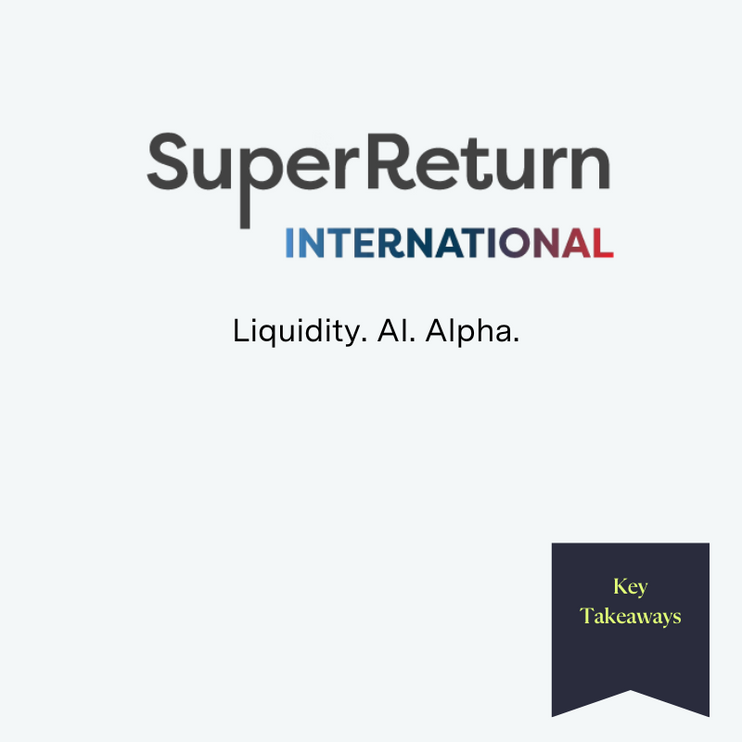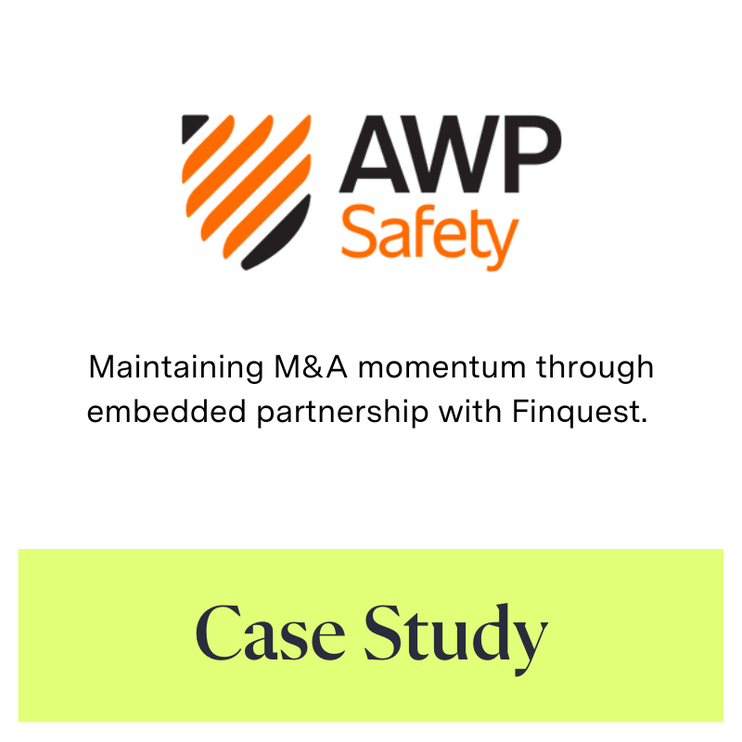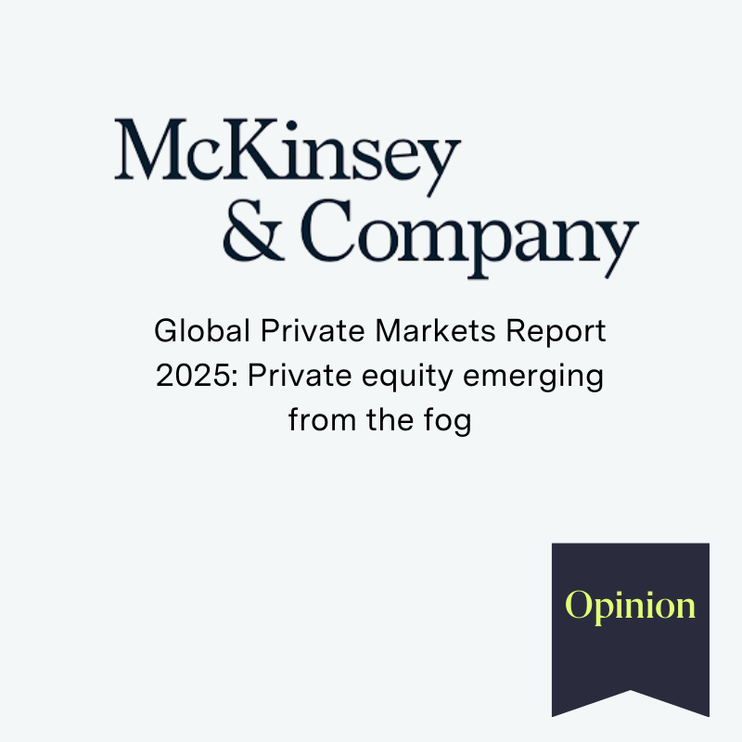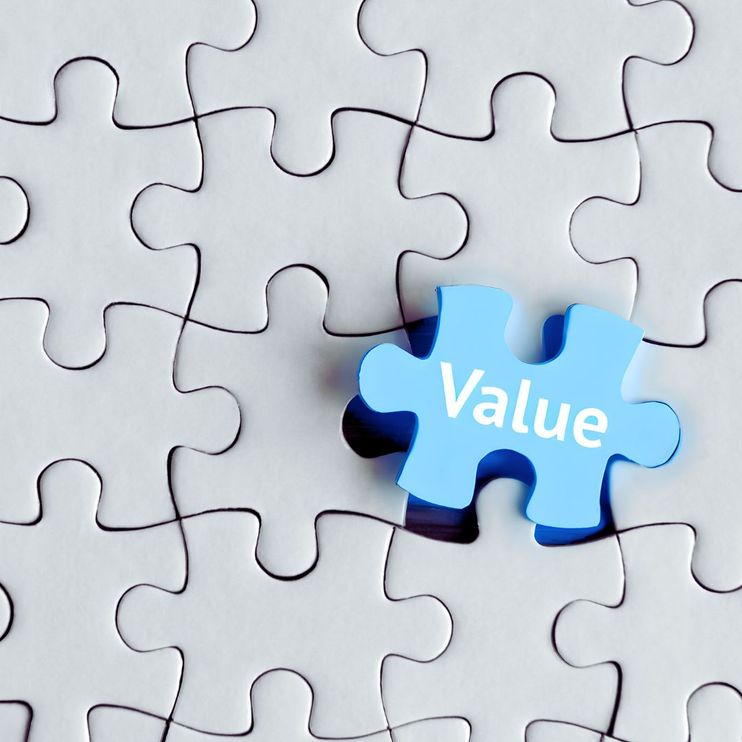
The New Paradigm of Buy-and-Build
In a recent article on “Building a Stronger Buy-and-Build,” Bain & Company examined the specific challenges generated by higher interest rates, their implications, and what “good” looks like by dissecting some real-life examples.
In brief, the effects of higher interest rates on buy-and-build strategies are massive:
- They reduce the value of highly leveraged assets, making the valuation arbitrage between the “small” and the “large” company less obvious.
- They also increase the burden of debt reimbursement, tightening the ability to make more acquisitions.
Adapting Buy-and-Build Strategies in a Tougher Landscape
This got me thinking about how our most successful clients have adapted their strategies. As the landscape became tougher, it became more important than ever to execute buy-and-build strategies with precision. When the path got harder, getting it right became crucial.
Like always, when the “easy path” is a dead end (in this case, relying on the multiple arbitrage to create value), you need to get back to the fundamentals of value creation.
In the context of buy-and-build, from our perspective, this requires:
- Finding the right platform – It should be obvious that not all companies have the same abilities and potential, even if operating in the same segment. In particular for buy-and-build strategies: the stronger the platform is, or can quickly become, determines how successful future M&A is going to be. Issues at the platform level will have multiplied and amplified negative ripple effects on integration processes and buy-and-build value creation.
- Having the right strategy – The days of opportunism (finding a company to acquire and figuring out what to do with it) are long gone. What now should drive M&A strategy includes identifying the most attractive, fast-growing, and profitable customer segments, go-to-market strategies and channels, products and applications, operational capabilities, assets, and IP.
- Finding the right target companies – I am always amazed at how little press there is on this key element. The difference between finding a target company that looks to fit vs. finding all of them and generating options for the buyer is truly massive. In the latter, you can make the right deal, and you can make more of them. Making a wrong deal may jeopardize the buy-and-build for several years, by monopolizing resources (financial and management time) and not generating the returns required. Making more good deals is really where you can meaningfully maximize the Multiple on Invested Capital (MOIC). As Bain & Co also discovered from examining 44 buy-and-build deals made between 2010 and 2019, the deals generating the highest returns start with an essential gating question: What value are you really capturing by making this particular set of acquisitions with this particular platform company?
- Executing on the integration – The better the platform, the strategy, and the acquired companies are, the higher the chances of successful integration in terms of achieving the value creation objectives. Of course, it does not remove the value of having a well-tuned integration process and the right management and value creation teams, but that is the difference between struggling and being successful.
Why Getting Buy-and-Build Matters More Now Than Ever
This brings us back to why it’s more important now than ever to get it right. With the tougher deal environment, fewer acquisitions are being made so being more selective (by being more comprehensive in the target identification phase) is required to be successful in deal sourcing and post-merger integration. The difference between a successful buy-and-build strategy today and one that stalls lies in the details of the execution – where every step, from finding the right platform to integrating the target, must be flawless.
Interestingly, the segments that Bain & Company uses as examples of what good looks like, have been covered by Finquest in various searches for our own clients. You can find here a select list of niches in which Finquest data has enabled acquirers to find the most comprehensive list of targets that fit with their own buy-and-build and M&A strategies.
If that resonates or if you’d like to continue the discussion, please feel free to reach out to our teams or me at tanguy.lesselin@finquest.com.
Tanguy
About the author:
Tanguy is CEO and Co-founder of Finquest, a Fintech he set up to disrupt the world of deal sourcing in the middle market. Prior to Finquest, Tanguy was a consultant at The Boston Consulting Group and advised on post-merger integration and JV projects in pharma and aerospace. He has built Finquest to become the leading deal sourcing provider, harnessing the power of data, AI, and people to help their private equity and corporate clients identify off-market M&A opportunities across the globe.
Tanguy has been featured on CNBC, Bloomberg, and Reuters and is a frequent keynote speaker on Fintech and private equity.
